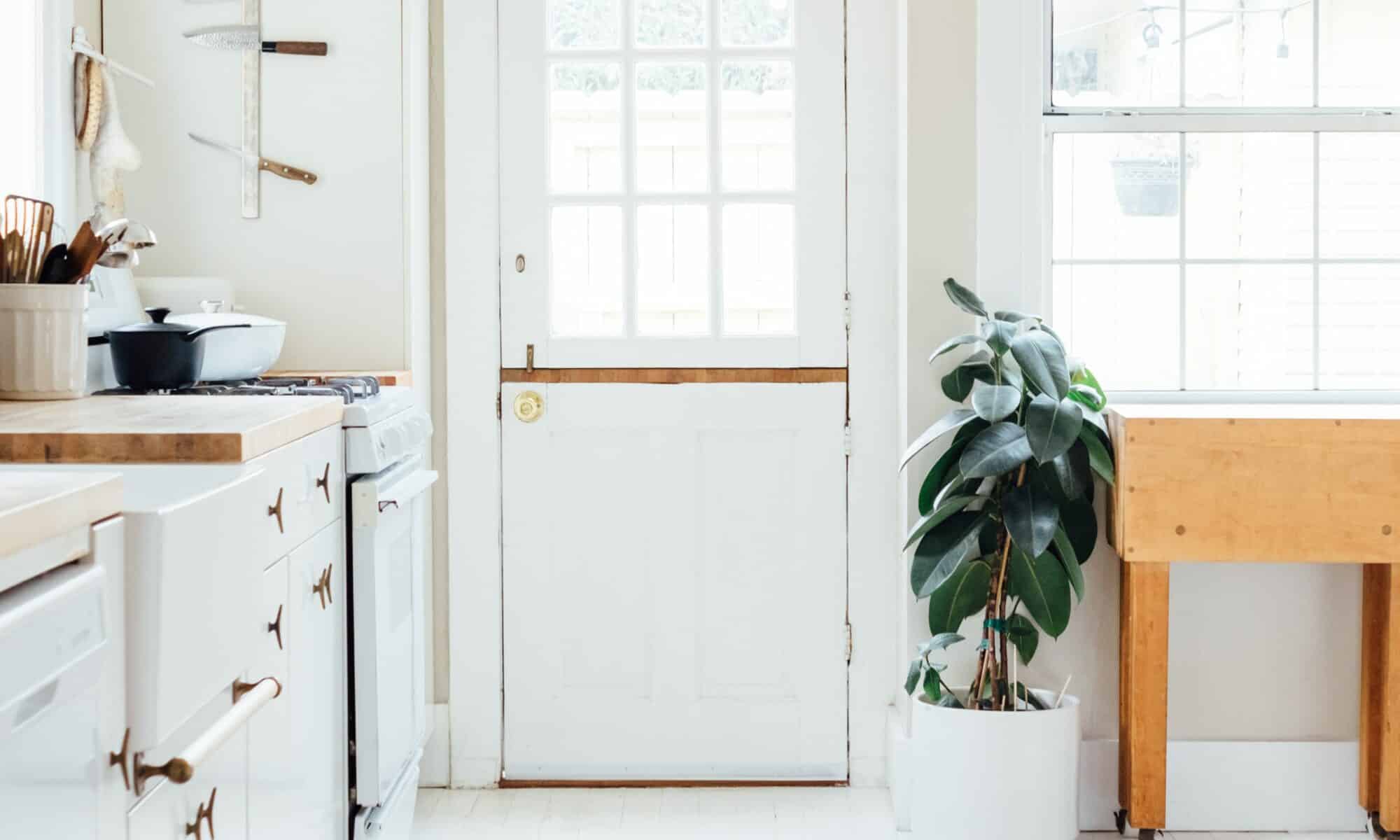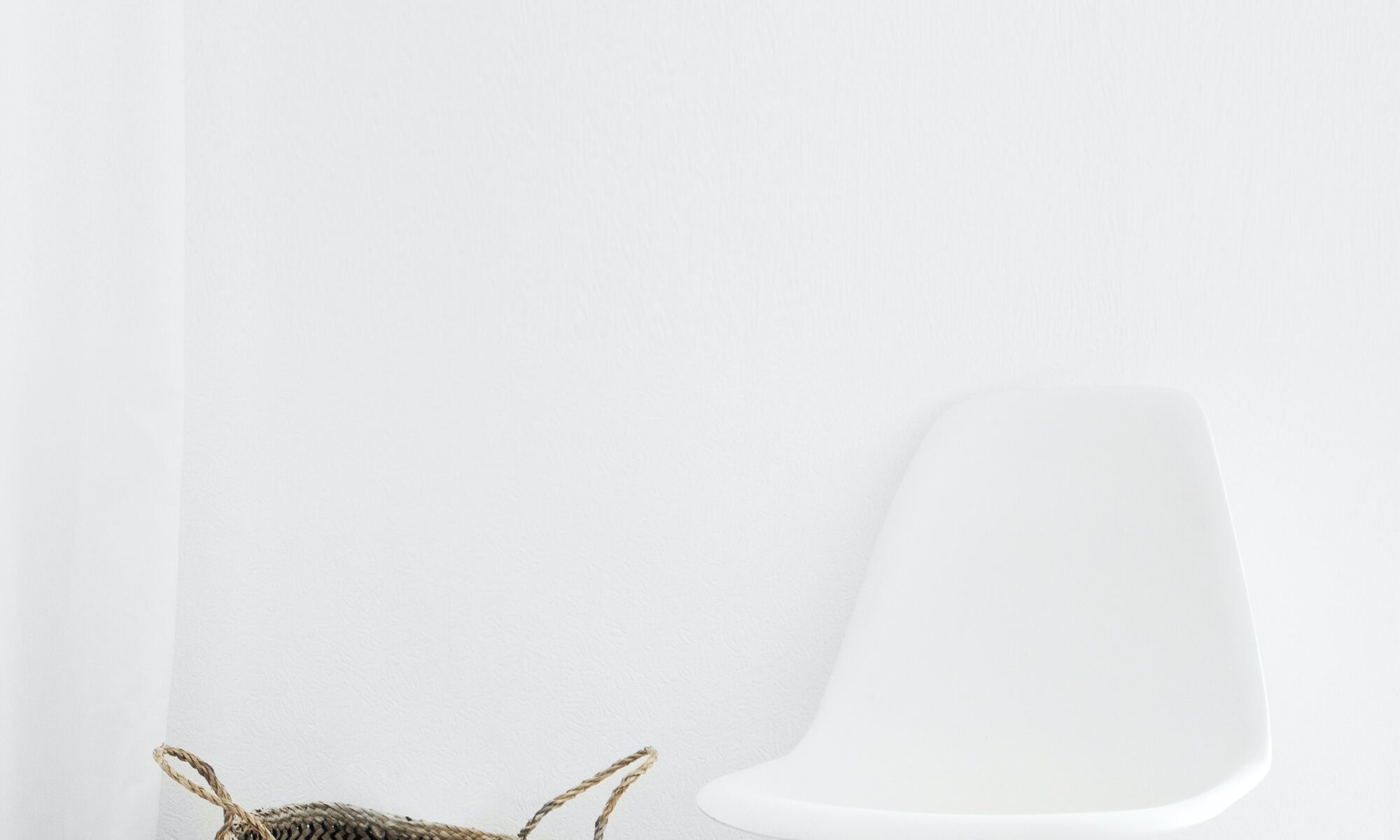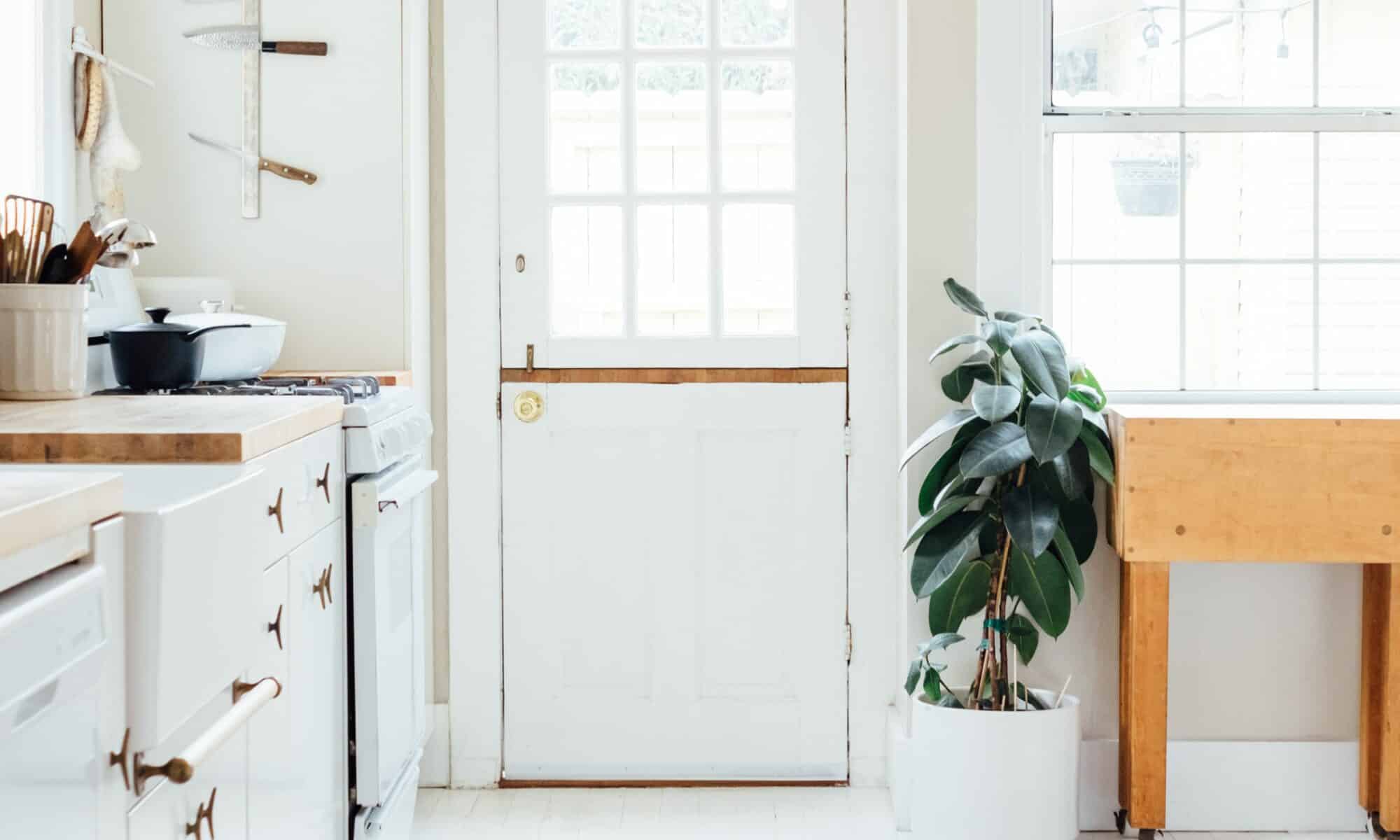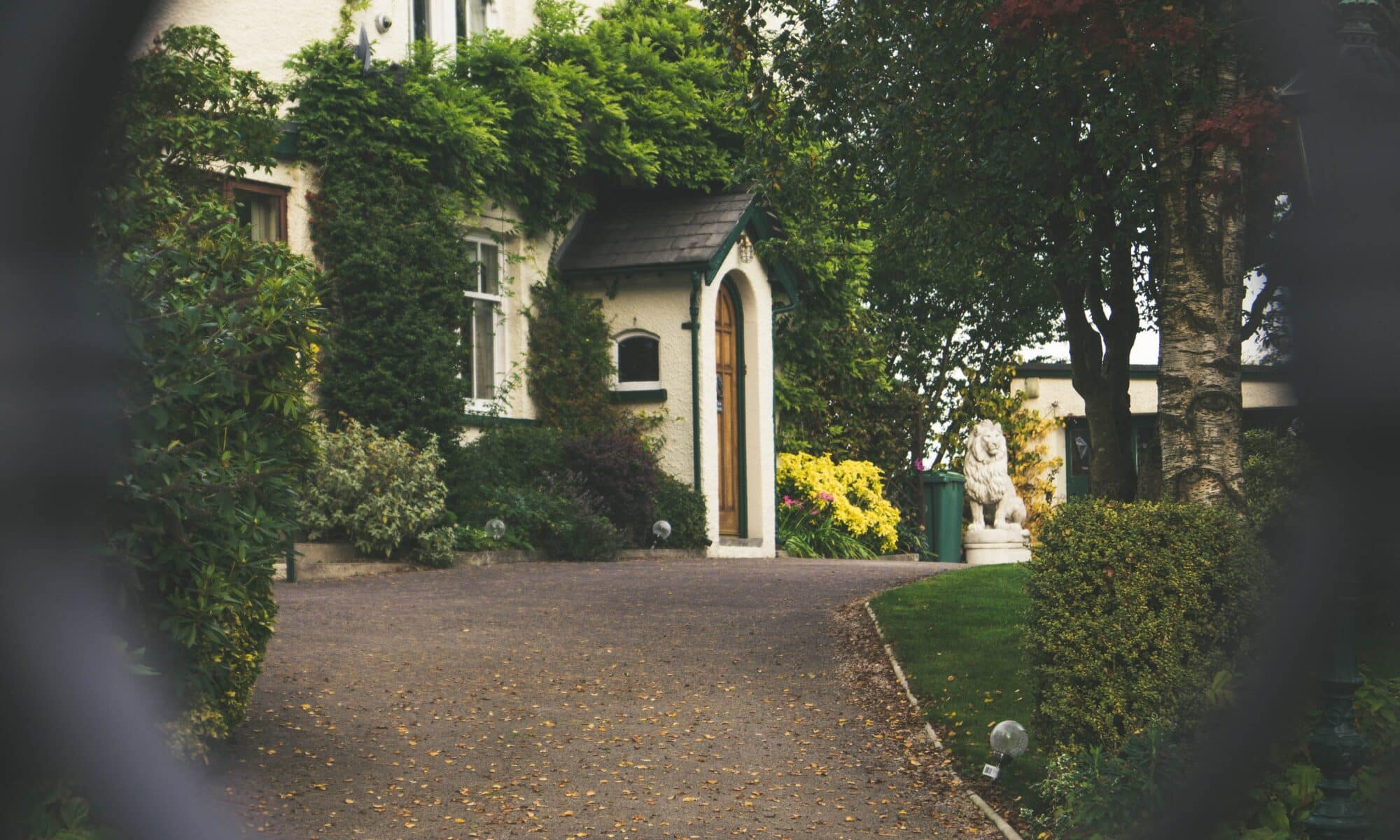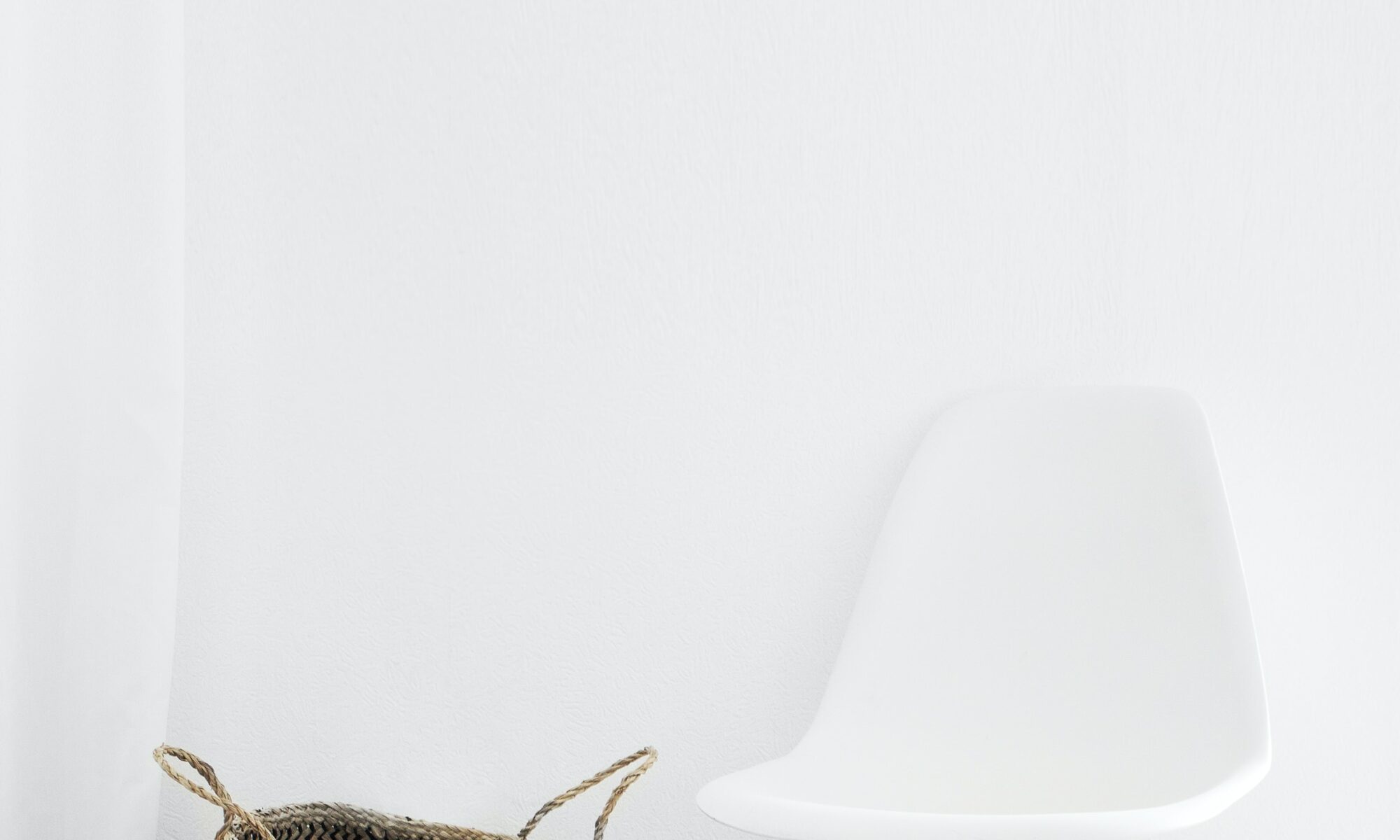Unveiling the Power of Paint
Painting: it’s not just about changing the color of your house. It’s about transforming your home and giving it a new lease on life. The power of paint extends far beyond aesthetics, playing a crucial role in home improvement and maintenance.
The Magic of a Fresh Coat
Ever walked past a house and paused just to admire its beautiful, vibrant exterior? That’s the magic of a fresh coat of paint. It’s like a face lift for your home, instantly making it look newer, cleaner, and more inviting. But the benefits don’t stop there.
A fresh coat of paint also acts as a shield, protecting your home against the elements. It can prevent damage from the sun, rain, wind, and even pesky insects. Plus, it can help you spot and address minor problems before they turn into major headaches. Check out our article on how often you need to paint the exterior of your house for more information.
The Role of Exterior Painting in Home Improvement
When it comes to home improvement, exterior painting is a game changer. It’s one of the most effective ways to boost your home’s curb appeal and increase its value. In fact, a quality paint job can deliver a significant return on investment when it’s time to sell.
But it’s not just about making a good impression. Painting your home’s exterior can also improve its energy efficiency, especially if you opt for a lighter color that reflects the sun’s rays. This can help keep your home cooler in summer and reduce your air conditioning costs.
Moreover, painting allows you to customize your home to reflect your personal style and taste. Whether you prefer bold, vibrant hues or subtle, earthy tones, the choice is yours. Need some inspiration? Check out our article on color choices for your interior painting project.
So, are you ready to experience the top 7 benefits of painting your home’s exterior? Grab your brush, roll up your sleeves, and let the transformation begin! And remember, if you ever need a helping hand, you can always turn to a professional house painter contractor.
The Top 7 Benefits of Painting Your Home’s Exterior
When it comes to home improvement, one of the most effective and rewarding projects you can undertake is painting your home’s exterior. Here are the top 7 benefits of freshening up your home’s exterior with a new coat of paint.
Boost Curb Appeal
The first thing people notice about your house is its exterior. A fresh, vibrant paint job can dramatically boost your home’s curb appeal, making it stand out in the neighborhood. Whether you’re planning to sell or simply want to improve your home’s appearance, a new paint job can make a world of difference.
Increase Property Value
Did you know a good exterior painting job could increase your property’s value? Studies have shown that painting your home’s exterior can significantly enhance its resale value. It’s one of the most cost-effective home improvement projects that can offer a high return on investment.
Protect Your Home from Weather Damage
A new coat of paint not only improves your home’s appearance, but it also serves as a protective shield against weather damage. High-quality exterior paint provides a barrier against harmful elements like wind, rain, snow, and UV rays. Check out our article on how to minimize color fading on your home’s exterior to know more.
Extend the Life of Your Siding
Whether your home’s siding is made of wood, vinyl, or any other material, a fresh coat of paint can extend its life. Paint acts as a sealant, preventing moisture from seeping into the siding, which can lead to rot or other damage. For more information, see our tips on 7 tips for painting your home’s wood siding exterior.
Keep Away Pests
Paint can act as a deterrent for pests. Small cracks and crevices in your home’s exterior can be an inviting home for bugs and other pests. Painting can help seal these gaps and deter pests from making your home theirs.
Improve Your Home’s Energy Efficiency
Believe it or not, painting your home’s exterior can improve its energy efficiency. Lighter colors tend to reflect more heat, keeping your home cooler in the summer. This can help reduce your air conditioning costs, making your home not only more beautiful but also more energy-efficient.
Reflect Your Personal Style
Finally, painting your home’s exterior gives you the chance to express your personal style. You can choose colors that reflect your personality and make your home truly yours. For some inspiration, check out our article on color choices for your interior painting project.
So, are you ready to reap these benefits with a fresh coat of paint? Remember to consider hiring a professional house painter contractor to ensure a high-quality finish that will last for years. Happy painting!
Tips for a Successful Exterior Paint Job
Painting the exterior of your home is a significant project, but with the right preparation and knowledge, it can be a smooth and rewarding process. Here are some key tips to help you get started.
Choosing the Right Time to Paint
Timing is crucial when it comes to exterior painting. The best time for painting is typically in late spring or early fall when the weather is mild and humidity is low. You want to avoid extreme temperatures, which can affect the way the paint dries and adheres to the surface. For more detailed advice on timing your paint job, check out our article on how often do you need to paint the exterior of your house?.
Preparing Your Home for Painting
Before you start painting, it’s important to prepare your home’s exterior. This includes cleaning the surface to remove dirt, grime, and mildew, as well as scraping off any old, flaking paint. You should also repair any damaged areas, such as wood rot or cracked stucco. Doing this will ensure that your new paint adheres properly and lasts longer. For a step-by-step guide on preparing your home for painting, refer to our article on 5 steps to prepare your home for exterior painting.
Selecting the Right Paint
Choosing the right paint is critical for achieving a durable, long-lasting finish. You’ll need to consider factors like the type of surface you’re painting, the weather conditions in your area, and the color you want. Lighter colors tend to reflect sunlight and can help keep your home cooler, while darker colors absorb heat. You should also consider whether you want to use latex (water-based) or oil-based paint, as each has its own set of advantages. For more guidance on selecting the right paint, see our articles on color choices for your interior painting project and 5 rules of painting a room with two colors.
Remember, painting your home’s exterior is a big job, but it’s also an opportunity to make a great impression. With careful planning and attention to detail, you can boost your home’s curb appeal and enjoy the many benefits of a fresh paint job.
Why Consider a Professional House Painting Contractor
Painting the exterior of your home can be a daunting task. From choosing the right colors to mastering the technique, it might be more than you bargained for. That’s where a professional house painting contractor comes in. They can help you unlock the top benefits of painting your home’s exterior without the hassle.
The Role of a Professional House Painting Contractor
A professional house painting contractor takes care of all the details that go into painting your home’s exterior. They’re equipped with the right tools, skills and knowledge to execute the job flawlessly. From preparing your home’s exterior for painting to applying the final coat, they handle it all.
A contractor can also guide you in choosing the right color palette that suits your home’s style and your personal taste. They’re well-versed in predicting trends and understanding how different colors interact with each other and with various architectural styles. If you’re unsure about the right colors for your home, our articles on color choices for your interior painting project and 5 rules of painting a room with two colors can give you some insights.
Benefits of Hiring a Professional House Painter
- Quality Results: A professional will deliver quality results. They know how to prepare surfaces properly and apply paint in a way that ensures longevity and aesthetic appeal.
- Efficiency: With their experience and professional tools, house painters can complete the job in a fraction of the time it would take you to do it yourself.
- Safety: Professional painters are trained to handle all kinds of situations and have the proper safety gear to protect themselves during the job.
- Preventative Measures: They’re knowledgeable about potential problems like rot or structural defects and can spot these issues early.
- Clean Up and Disposal: Once the job is done, they’ll take care of the clean-up and disposal of materials, leaving your property clean and tidy.
- Stress-free: Hiring a professional means you can sit back and relax while your house is transformed.
Remember, while DIY can be rewarding in certain scenarios, the complexity and scale of painting a house’s exterior often calls for professional help. To ensure the job is done right, consider hiring a house painter contractor. Not only will they help you achieve the top 7 benefits of painting your home’s exterior, but they’ll also provide advice and expertise to make the process smooth and stress-free.


